Chemistry Faculty & Staff
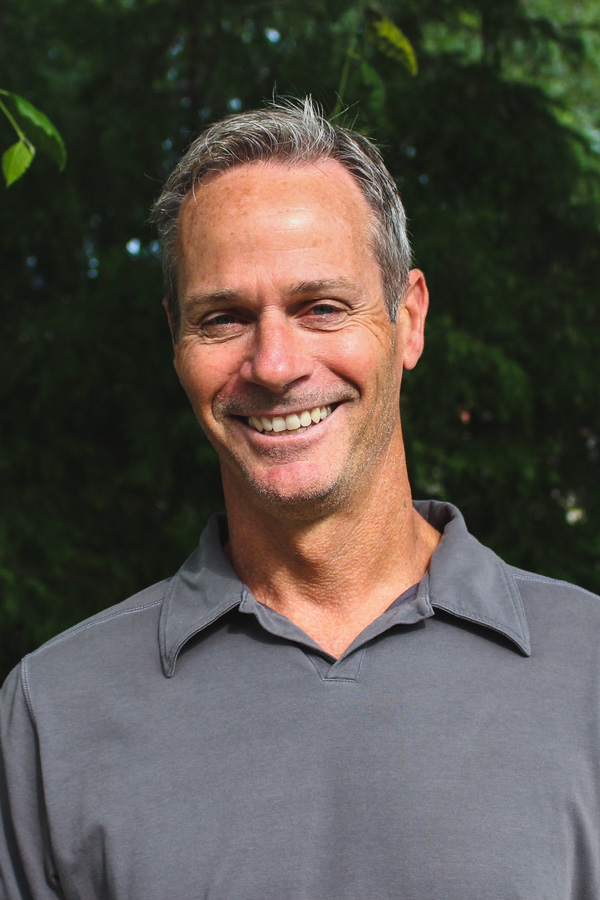
Pasteur Hall 346
507.457.5872
Education: PhD | Montana State University
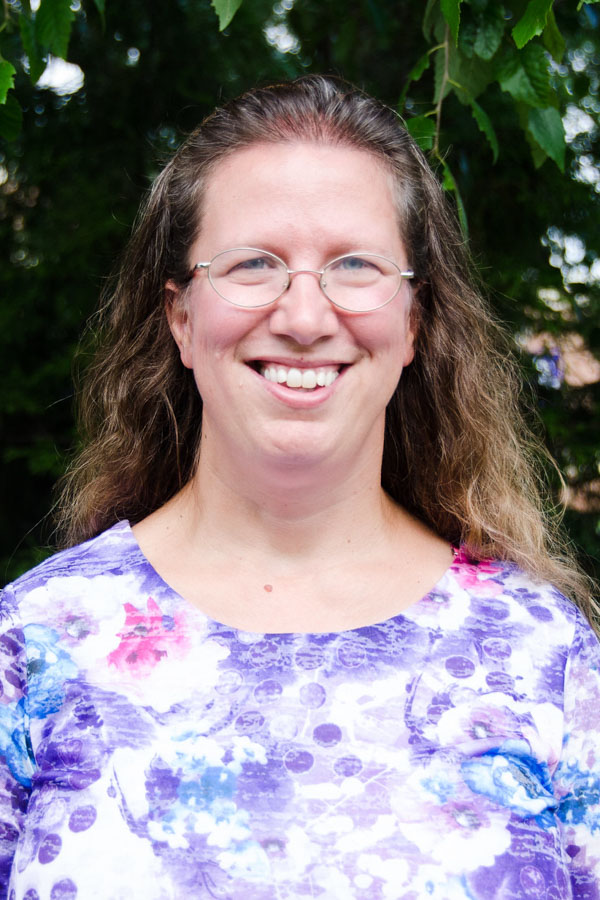
Pasteur Hall 344
507.457.5297
Education: PhD | University of Minnesota

Pasteur Hall 342
507.457.5294
Education: PhD | University of Iowa

Science Laboratory Center 391
507.457.5298
Education: BS | University of Wisconsin
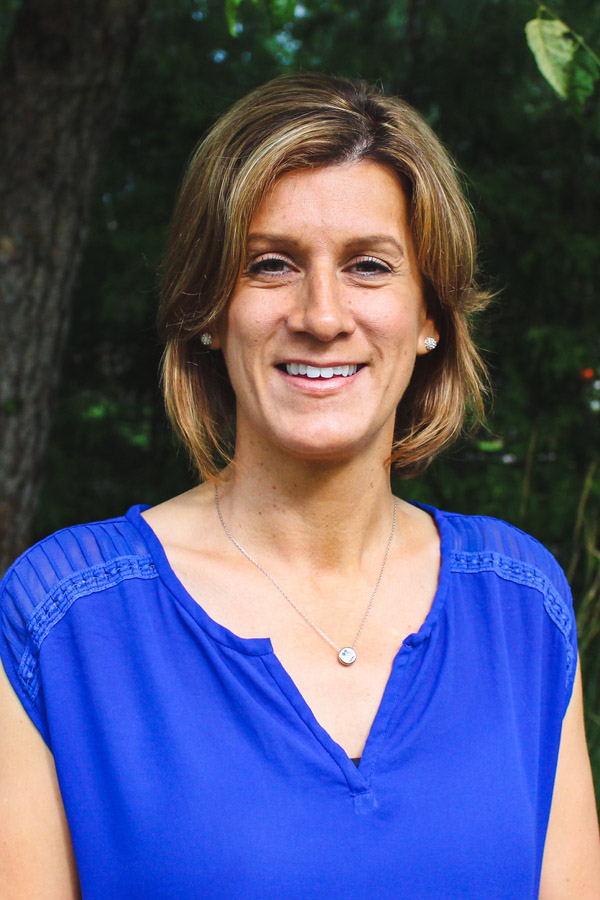
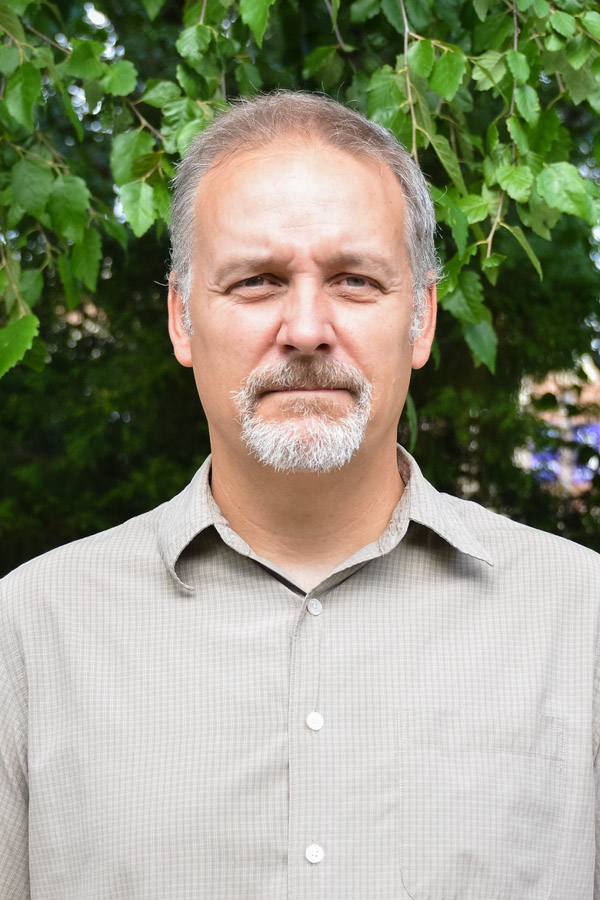
Pasteur Hall 352
507.457.5296
Education: PhD | Florida Institute of Technology
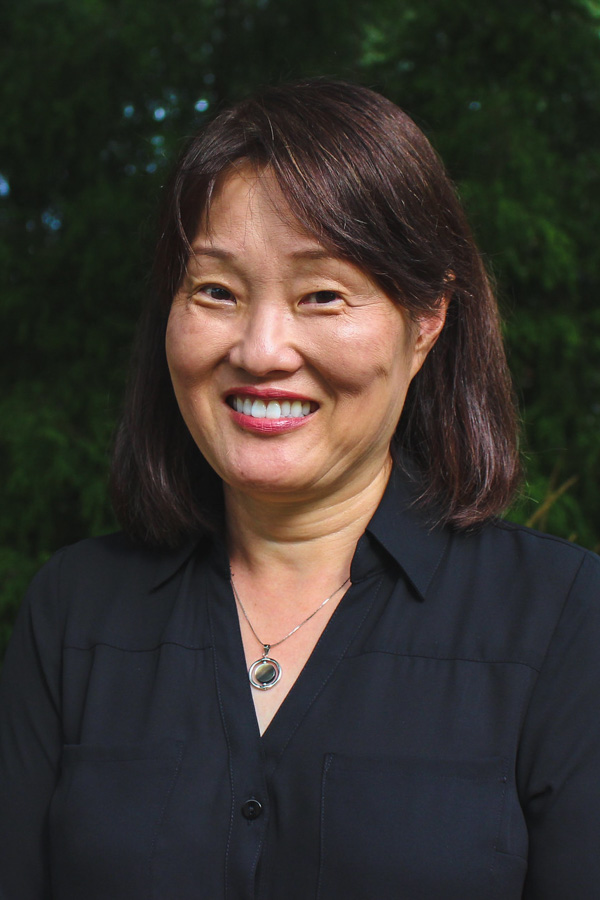
Pasteur Hall 338
507.457.2756
Education: PhD | University of Notre Dame
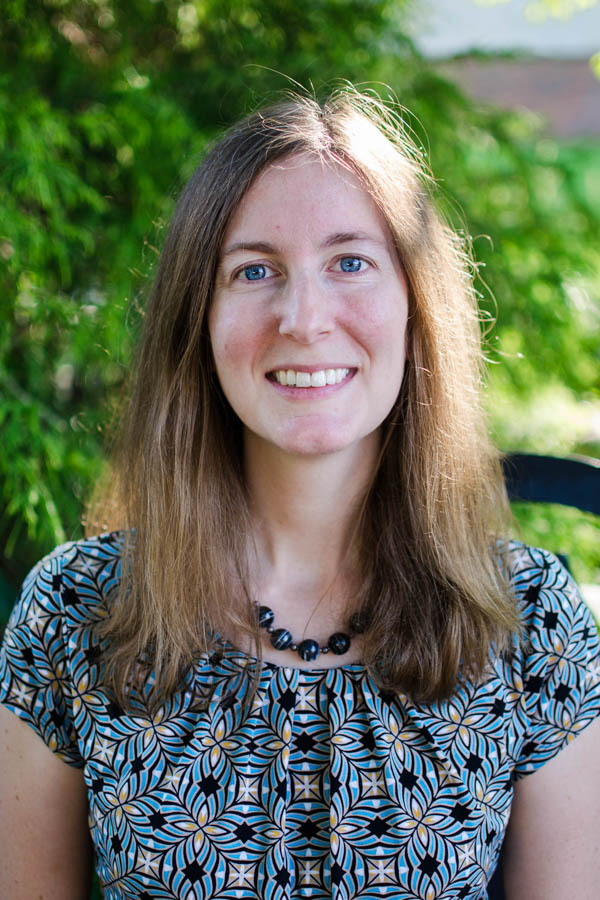
Pasteur Hall 332
507.457.5293
Education: PhD | University of Minnesota
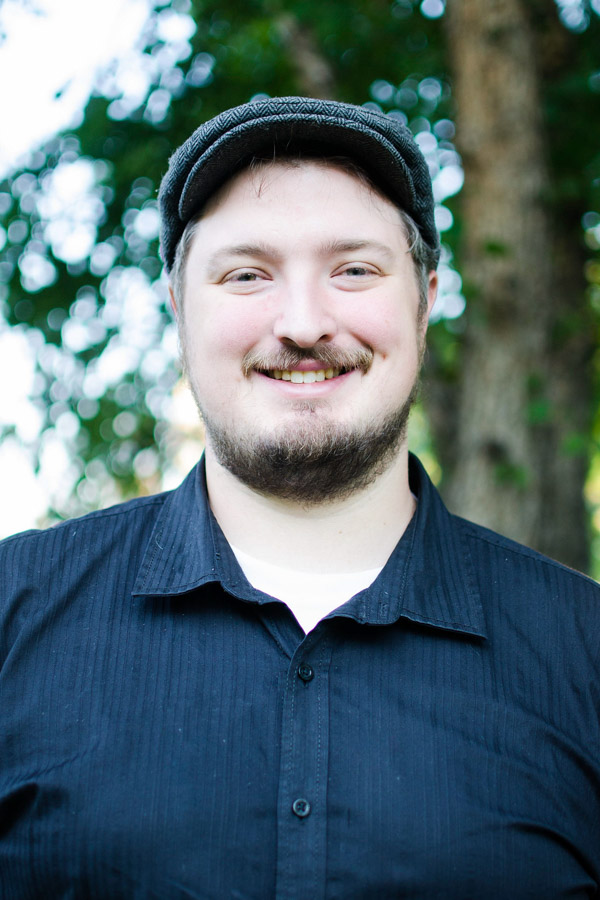
Pasteur Hall 330
507.457.5874
Education: PhD | University of Oregon
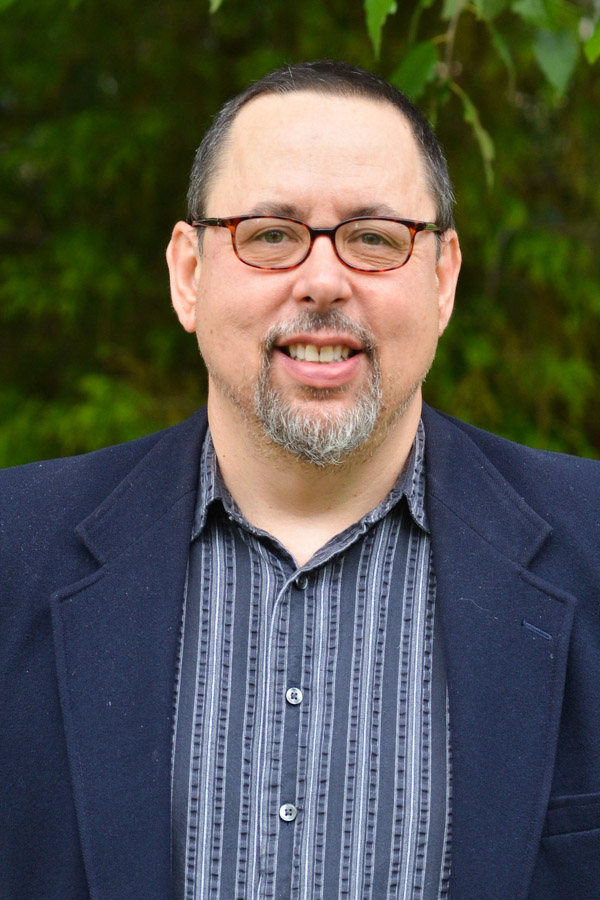
Pasteur Hall 350
507.457.2476
Education: PhD | University of Rochester
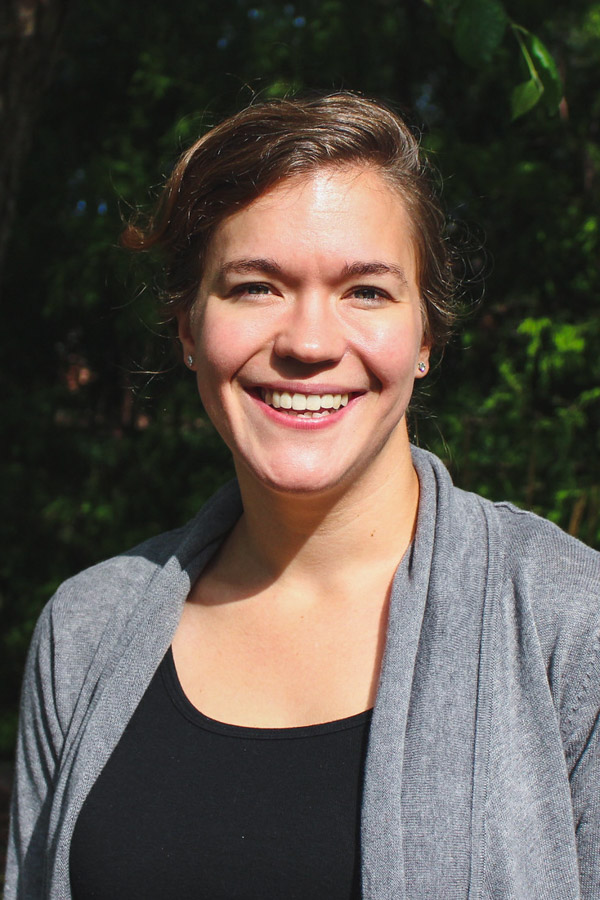
Pasteur Hall 348
507.457.5503
Education: PhD | University of Wisconsin

Pasteur Hall 334
507.457.5291
Education: PhD | University of North Dakota

Pasteur Hall 318
507.457.2597
Education: BS | Creighton University
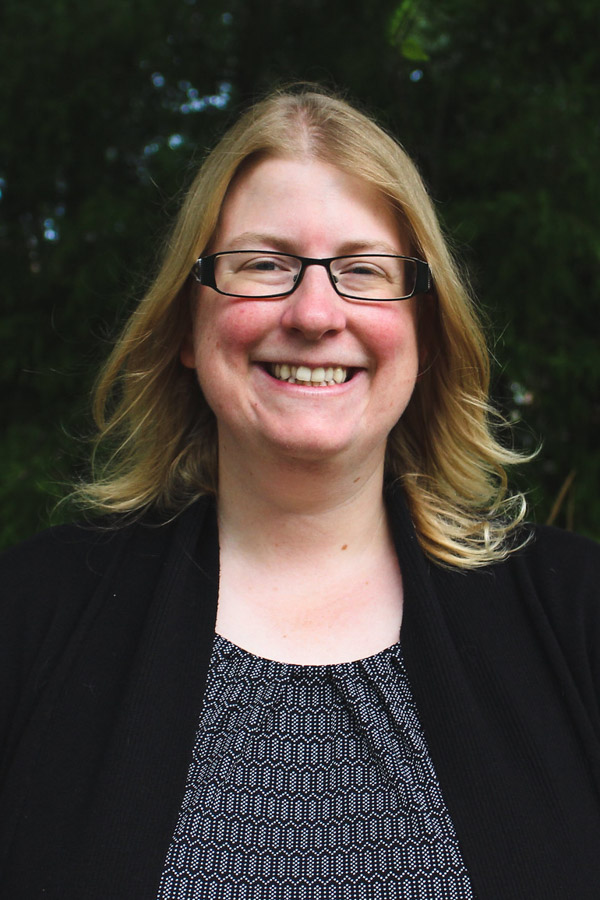
Pasteur Hall 336
507.457.5292
Education: PhD | University of Oregon
Mark A. Engen
The development of methods and techniques for the analysis of trace gases in background air.
We have been developing sampling and analysis methods to measure the soil/atmosphere exchange rates of important greenhouse gases, such as carbon dioxide, methane, and nitrous oxide.
Jeanne L. Franz
In recent years, a significant portion of ground and surface waters have been found to be contaminated with materials of human origin. These chemicals include pharmaceuticals, personal care products, hormones, and microplastics.
My lab focuses on novel methods of detection and removal of these emerging contaminants. In addition, my research is focused on educating the public about the importance of sustainability in everyday practices.
Sara M. Hein
I am interested in three areas of research:
- Isolating bioactive metabolites from fungal sources. This research involves using bioactivity to direct the isolation of potential medicinal targets. A lot of chromatography and instrumentation is carried out for this project.
- Synthesizing target molecules that have bioactive relevance. In doing so, we try to develop efficient methodologies to make analogs that allow us to test and compare bioactivity.
- Educational research. By assessing student-centered teaching and learning techniques, we can examine best practices.
Thomas W. Nalli
Tom Nalli’s students work on a broad range of projects that span several sub-branches of organic chemistry.
These include Natural Products Chemistry, Physical Organic Chemistry, and Organic Synthesis.
Current projects include:
- Determination of phenyl radical rate constants using F-19 nuclear magnetic resonance
- Determination of phytosterols in dried morel mushrooms
- Mechanism and regiochemistry of sequential allylic brominations in Wohl-Ziegler reactions
Robert W. Kopitzke
The broad topic of my research is polymer synthesis and characterization.
At the moment, my projects are in two areas:
- Synthesis and polymerization/copolymerization of partially fluorinated monomers
- Synthesis and polymerization of nanoparticle attached conducting polymers
Myoung E. Lee
Type 2 diabetes affects 28 million Americans and its prevalence is on the rise. As many as 1 in 4 Americans could be affected by 2050 if recent increases continue. Alzheimer’s disease is an age-related, neurodegenerative disease that affects 5 million Americans.
These two diseases share certain metabolic disorders in common and the connection between the two diseases has grown stronger in recent years. Our research group is interested in the studies of small molecules and proteins that have been implicated in both type 2 diabetes and Alzheimer’s disease.
We study the effects of small molecules on protein activity, glycation of proteins, and amyloid formation. We utilize biochemical approaches to understand the molecular mechanism of action of these agents.
Jonathon Mauser
Dr. Mauser’s research interests are in understanding the molecular basis of complex cell polarities in the fruit fly neural stem cell.
His lab uses a broad range of techniques to better understand the process of cell polarity through these proteins and how misregulation of the system can lead to cancer-like symptoms in mutant animals.
Students interested in cell biology, biochemistry, genetics, or medicine are encouraged to contact Dr. Mauser and learn more about his research program.
Emily Ruff
Dr. Ruff’s research explores the conformational changes involved in enzyme mechanisms.
Her group uses techniques from molecular biology and biophysics, including fluorescence spectroscopy and kinetics, to investigate how enzymes work and how they can be targeted by drugs.
She is also interested in developing new experiments for Biochemistry teaching labs.
Students interested in biochemistry, biophysics and medicine are particularly encouraged to contact Dr. Ruff to learn more.
Hannah Leverentz-Culp
The earliest stage of cloud formation, which is called atmospheric nucleation, cannot be observed experimentally with current instrumentation. Computational modeling methods are required to investigate the mechanisms behind this process.
However, simulations of this process can quickly become prohibitively expensive in terms of computer time and memory requirements when many molecules are involved. To slow the scaling of computational cost with system size, fragment-based methods have been developed.
These methods have been shown to achieve good accuracy for the calculation of various properties of systems containing molecules believed to be involved in the atmospheric nucleation process.
The goal of my current work is to test the accuracy of some of these methods for modeling proton transfer reactions, which is a chemical reaction that is likely to occur during atmospheric nucleation.
Joseph West
My research is focused on the synthesis of organometallic compounds of both main group elements and transition metals.
Synthetic pursuits are often tied to improving yield, using less expensive reagents, and/or developing a more environmentally friendly approach. New compounds are also synthesized with the hopes of identifying species with anticancer or antimicrobial properties.
Computational modeling is frequently used to supplement synthetic work for spectral prediction and to attempt to correlate electronic properties to biological activities.
Jennifer Zemke
Dr. Zemke and her research students are interested in various projects in materials chemistry, physical chemistry, and chemical education.
Dr. Zemke’s research students have synthesized and characterized materials—mostly nanomaterials and activated carbons—for various applications including solar cells, supercapacitor electrodes, and wastewater treatment.
Her research students have also studied problems ranging from building their own instruments to analyzing wine samples to the creation of laboratory experiments for high school and undergraduate students.